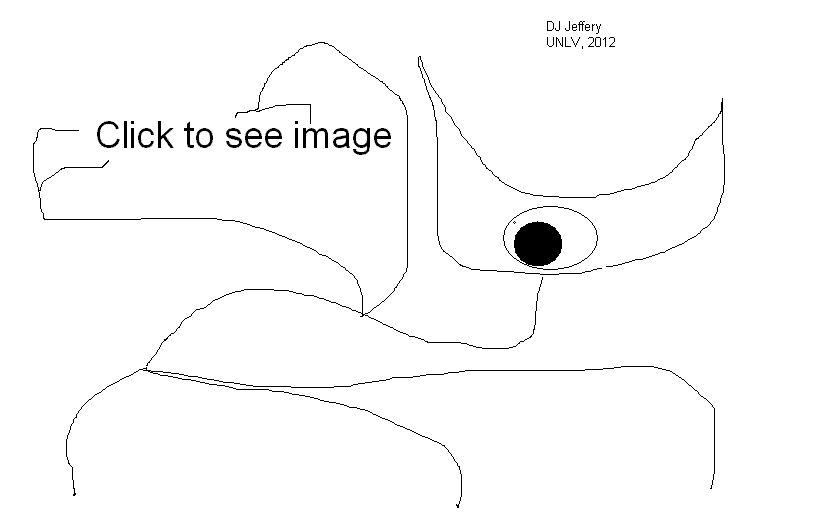
Caption: How the Earth's equatorial bulge and Earth's axial rotation leads to the axial precession.
Features:
- The short explanation for the
Earth's axial precession
is gravitational perturbations.
- Now for the long explanation.
- The Earth
is slightly oblate
in that it has an equatorial bulge
due to the centrifugal force
caused by the Earth's rotation.
The oblate isn't very large: the Earth equatorial radius R_eq_⊕ = 6378.1 km and the Earth polar radius R_po_⊕ = 6356.8 km: the difference is only 21.3 km (see Wikipedia: Earth).
- The slightly different gravitational forces on the different parts of the
equatorial bulge
of the Earth
(stronger on the near side to the source of external
gravity,
weaker on the far side to the source of external
gravity)
of the Moon,
Sun, and, to a much lesser degree,
the planets
try to align approximately the bulges with the
ecliptic plane,
and thereby align approximately the
Earth's axis
with the ecliptic axis.
The slightly different gravitational forces are the gravitational perturbations in this case.
- The differential force
of gravity
is called the tidal force.
-
The tidal force
in this case
causes a torque in the
physics terminology.
A torque is a force-like quantity
used to describe the "twisting" effect of a force.
For example, people sometimes talk of torquing a screw.
-
If the Earth were
NOT rotating, the
Earth's axis
would oscillate in the plane of the illustration if the outside
gravitational force
were in the plane of the illustration.
The oscillation might be damped out in in time due to perturbations.
- But the Earth is rotating
on its axis.
The Earth's rotation is the cause of the equatorial bulge via the centrifugal force.
- With rotation, one gets
axial precession,
NOT oscillation.
- There seems no simple way to understand why
precession arises in this situation.
The situation is somewhat similar to why orbiting objects don't fall inward under gravity.
They keep falling, but keep missing because they have a sideways motion or, in physics terminology, angular momentum (which is a measure of rotation).
Similarly, the axis of rotating Earth keeps trying to align perpendicular to the direction of gravity but keeps missing because the Earth has angular momentum about its axis
The "missing" is the axial precession.
- Rotational motion is actually just very tricky.
But the odd effects of rotational motion are pretty commonly seen.
For example, the upright orientation of bicycles is stabilized by the rotation of the wheels and precession is exhibited by toy tops and gyroscopes.
Image link: Positional Astronomy: Precession by Fiona Vincent.
Local file: local link: axial_precession_physics.html.
File: Celestial sphere file: axial_precession_physics.html.